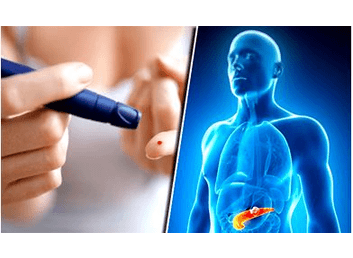ASSESSMENT OF THE RISK OF TYPE 2 DIABETES AMONG HEALTHY WITHOUT DIABETES IN SUDAN USING THE FINDRISC TOOL
Abstract
Background and objective: Diabetes is increasingly recognized as a serious public health concern worldwide. The risk assessment of type 2 diabetes can be done through a risk questionnaire that provides an accurate, low-cost, educational and time-effective method for this. By early identification of people at risk of developing diabetes and if it is confirmed that they are in the pre-diabetes stage, adequate care is provided to them through lifestyle interventions or even hypoglycemic drugs if needed, thus delaying or preventing their progression to diabetes. Therefore, this study aimed to assess the risk of developing type 2 diabetes (T2DM) among healthy Sudanese without diabetes in Khartoum.
Methods: A cross-sectional study from Nov 2016-March 2017 comprising 122 adult participants, age (>20 yrs) visiting the garden yard located at airport street at Khartoum district without a diagnosis of T2DM was carried out. The risk of developing T2DM was assessed using the validated and widely used Finish diabetes risk score (FINDRISC) Total Risk Score of each participant was analysed and compared. Knowledge assessment tool and Anthropometric measurements were also used.
Results: 122 participated in the study, the mean age of the participants was 31.55 ± 10.122, the mean BMI was 25.718 ± 5.813 and the mean of waist circumstances 90.2 ± 16.63. Estimated risk of developing T2DM in 10 years of study for participants according to FINDRISC, only 3.3% have a high risk.The risk factors for the participants in the study for developing DM type 2 were 66.4% has positive family history, 44.3% were overweight or obese, has 41.8% limited physical activity and 27.9% has central obesity. The pattern of vegetables and fruits daily intake according to FINDRISC only 36.1% from participants. Significant positive correlation (r= 0.395, p=0.000) High risk score of FINDRISC is >14, Estimated age: Y=24.1+ (0.9x15) = 37.9≈38years.Significant positive correlation (r= 0.6, p=0.000) High risk score of FINDRISC is > 14, Estimated BMI: Y= 19.24+ (0.8x15) = 31 Kg/ m2.
Conclusion: The knowledge about diabetes risk factors, classical symptoms and common complication was not satisfactory. None of the “at high” risk had their risk further investigated. While 25% adapted health their lifestyle. Large scale studies to test the validity of FINDRISC in Sudanese population should be conducted. Development of Sudanese population specific risk score that take into count the local risk factors is warranted.

Peer Review History:
Received 5 June 2020; Revised 10 July; Accepted 23 August; Available online 23 September 2020
Academic Editor: Dr. Muhammad Zahid Iqbal , AIMST University, Malaysia, drmmziqbal@gmail.com
, AIMST University, Malaysia, drmmziqbal@gmail.com
Reviewer(s) detail:
Prof. Dr. Hassan A.H. Al-Shamahy , Sana'a University, Yemen, shmahe@yemen.net.ye
, Sana'a University, Yemen, shmahe@yemen.net.ye
Dr. Tanveer Ahmed Khan , Hajvery University, Lahore, Pakistan, tanveerahmedkhan754@gmail.com
, Hajvery University, Lahore, Pakistan, tanveerahmedkhan754@gmail.com
Downloads

Published
How to Cite
Issue
Section

This work is licensed under a Creative Commons Attribution-NonCommercial 4.0 International License.









 .
.